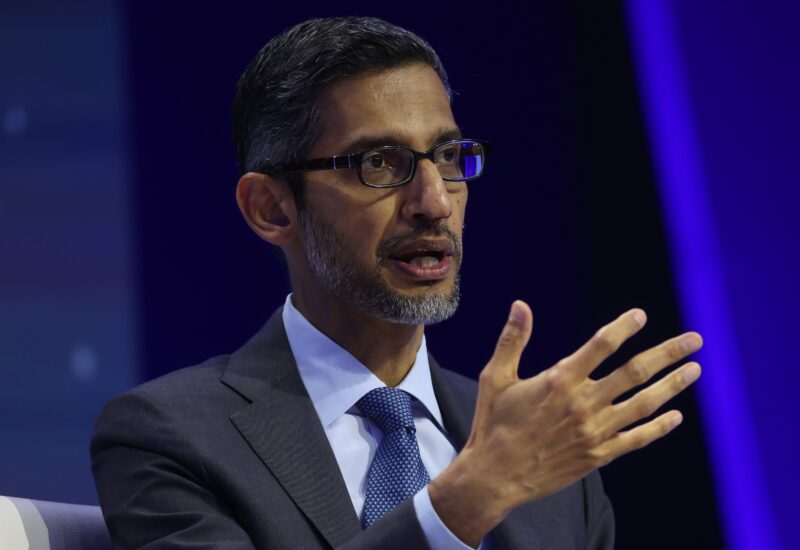- I pay over $4,000 a year in annual fees for credit cards, so every year I audit my cards to make sure I’m getting the most value.
- I use an end-of-year checklist to make sure I’m not sorry I missed opportunities to get the most from my cards come January.
- To start, I make sure I’ve used all the annual benefits and credits, that I’ve reviewed any devaluations from the past year, and that I’ve updated myself on each card’s current benefits.
- Read more personal finance coverage.
I pay more than $4,000 a year in credit card annual fees, so I need to make sure I’m getting the most from my cards. But even if you’re paying significantly less, you won’t want to pass up the perks, benefits, and credits your cards can give you.
The end of the year is a good time to perform an annual review of your finances, and your credit cards are part of those. I use the eight-step checklist below to ask myself what I should start, stop or continue doing when it comes to my credit card portfolio.
1. Make sure you’ve used yearly benefits
Before I do anything else, I make sure I’ve used all of the benefits that are offered by my cards yearly. For example, many American Express Cards like the Platinum Card® from American Express offer a yearly airline fee credit. The Platinum Card’s credit is worth $200, so you definitely don’t want to leave that one the table! I’ll review all of my cards and their annual benefits to make sure I’m not leaving anything like that unused.
2. Review devaluations
Devaluations are a fact of life in loyalty programs, and they come in many forms, from the removal of valuable partners (looking at you, Chase Ultimate Rewards removing Korean Airlines this year) to more expensive awards (looking directly at you, pretty much all airlines).
Especially if your credit card is tied to an airline loyalty program, consider whether it still makes sense to keep. But, don't get too cut-happy either - just because there has been a devaluation during the year doesn't mean that it makes sense to get rid of your cards. Cards like the Chase Sapphire Preferred Card that earn Ultimate Rewards points are still great cards to have, even with the removal of Korean Airlines as a transfer partner.
3. Review card benefits
This time, I'm looking at you, Citi. Cards routinely change up the benefits they offer, but this year, Citi made major cuts to card benefits, removing most of the travel and purchase protections from even its most premium cards like the Citi Prestige Card.
If you're still carrying a Citi card, check whether the benefits are still what you signed up for, and whether they justify the annual fee. It's not just Citi, though. Other card issuers have also made negative changes to benefits this year, so review the current benefits to ensure the cards offer the coverage you expect.
4. Review duplicate benefits
If you have picked up multiple cards over the year, you may find that you're duplicating benefits (such as Priority Pass or Global Entry fee credits) on multiple cards. In some cases, this may make financial sense; in others, it may not.
For example, if you have multiple Global Entry fee credits, you can pay for global entry for your friends and family, but multiple Priority Pass Memberships won't do you much good. So, if you're carrying multiple premium cards where benefits are duplicated, review whether the unique benefits of each card are worth paying the annual fee.
5. Review your travel goals
Different cards are better for different travel goals. For example, if your goal is US domestic travel in economy class, you're probably better off with points that can be applied at a fixed value toward the redemption cost. That makes cards like the JetBlue Card, the Southwest Rapid Rewards Premier Credit Card, or cards that earn bank points that can be used directly for travel great options.
Meanwhile, if your goal is premium cabin travel, you may be better off with points that can be transferred at a favorable rate towards airline programs like the Chase Sapphire Reserve that earns Ultimate Rewards, or the Amex Platinum that earns Membership Rewards. If the cards you're using don't match the travel goals you have, then it makes sense to change this up.
6. Review annual fees
It's a current trend among loyalty credit cards to raise fees, often at the same time as cutting benefits. Don't renew your cards on autopilot. Cancel them if the annual fee has gotten too high to justify the annual fee you are paying.
Note that many card issuers will waive the annual fee or offer you a bonus if you call to cancel due to diminished benefits, so also consider whether the card is worth keeping if the annual fee can be waived (the answer isn't an automatic "yes," because some cards have become such poor value that they're not worth carrying even in this case).
7. Review balances
The miles and points game isn't for you if you aren't paying off your cards every month. Interest rates and fees are very often higher (usually much higher) with these cards than with cards that are designed for consumers who carry a balance.
Be brutally honest with yourself: Are you carrying a balance? If you are doing so on a loyalty credit card that offers reward points, you're probably paying a higher interest rate than you will get elsewhere.
If you find yourself in this situation, first call your issuing bank. You can often negotiate a lower promotional interest rate. Failing that, however, talk to a credit union or bank that specializes in lower interest loans. You have already earned the rewards, so don't pay back more than their cost in interest charges!
8. Review overall value
This also requires being brutally honest with yourself. Have you maximized the card benefits over the past year? Do you plan to do so the following year? Benefits such as "fourth night free" and "free weekend day" only really matter if you actually use them, and use them in a manner that justifies the cost of the benefit.
I get it - life happens, and you can't always use the benefits provided by the premium cards you carry. But banks count on this in order to meet their numbers. If the numbers show you're helping banks maintain their profitability versus maximizing the value of the cards you carry, it's worth reconsidering which cards you carry.










